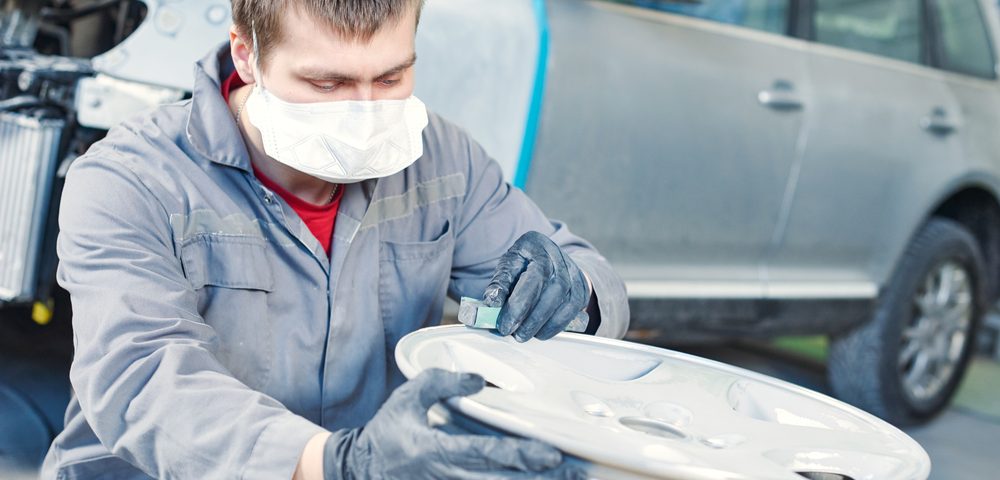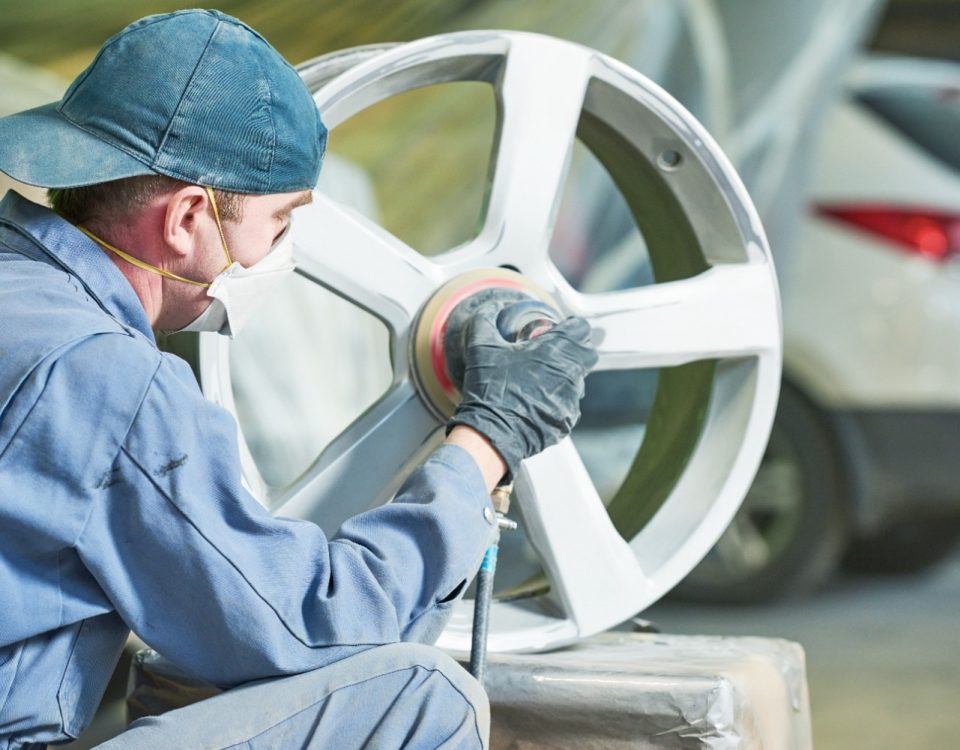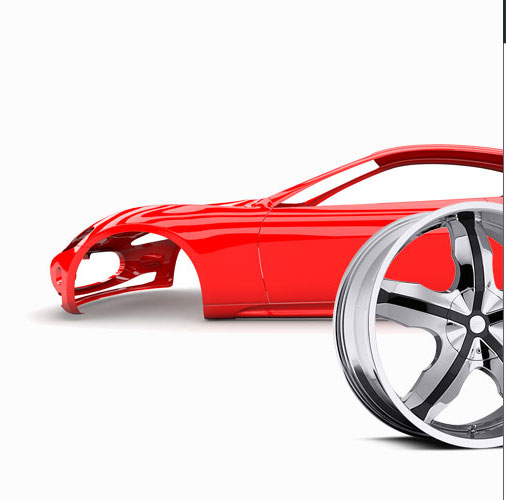Alloy wheels play a significant role in the aesthetics and performance of your vehicle. Over time, they can become scratched, scuffed, or tarnished due to daily wear and tear, road debris, or accidents. Alloy wheel refurbishment is a cost-effective way to restore your wheels to their original, factory-fresh appearance.
In this article, we’ll guide you through the process of alloy wheel refurbishment, offer top tips for achieving the best results, and explain why choosing a professional service like ScuffDoc can make all the difference.







